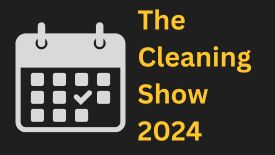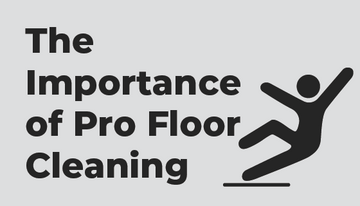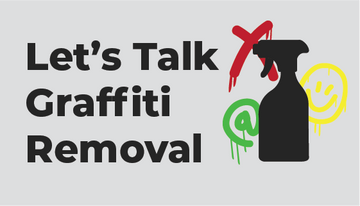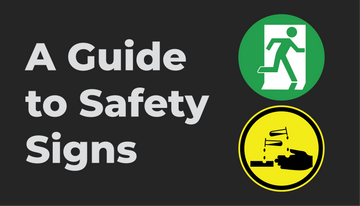Professional Cleaning: How to Implement a Plan
Responsible and effective, professional cleaning practices reduce bacteria on major touch points, such as keyboards, phones, washroom and toilet touch-points, thereby minimising the incidence cross contamination.
Cross contamination occurs when bacteria is spread between people, food, surfaces and equipment. Although it's a common concern in the food and health care industries, it also poses a serious health threat in commercial and industrial environments, costing business and facility owners millions of pounds each year through lost productivity, absenteeism and personal injury claims.
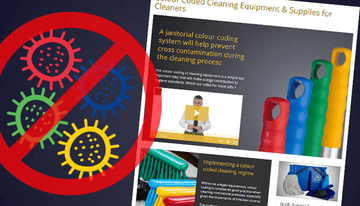
Professional Cleaning Tips
The following list of best practice tips present some of the key considerations that need to be taken into account when implementing your plan:

1. Say goodbye to antiquated cleaning methods and products
Focus your cleaning efforts on key touch-points such as door handles, touch plates, kettles and other areas where people come into contact with on a regular basis. Replace traditional cleaning chemicals with environmentally alternatives where you can. More sustainable cleaning products contain less harmful chemicals and can be just as effective at combatting dirt and bacteria than your plastic heavy, water based options. Use simple to follow chemical management systems for accurate product dilution and use according to directions to minimise waste and maximise your cleaning efficiency.
Also introducing microfibre mop heads and cloths instead of cotton varieties is a more cost effective and efficient way of removing dirt, bacteria and other pathogens. These can also be added to your colour coding system.

2. Maintain a clean and organised storage cupboard to prevent your equipment from getting dirty
It may seem obvious, but from conducting cleaning audits, you'd be surprised how cupboards can quickly become disorganised. Ensure your mops, sponges, cloths and gloves are thoroughly cleaned, rinsed and dried after use.
Store items together and keep them separated from items used for other purposes e.g. avoid storing washroom mops/cloths with kitchen mops/cloths just as you would do for colour coding.

3. Implement an effective staff training programme
We're fans and encouragers of a robust colour coding routine and making sure all staff are fully familiarised with your operating procedures and receive the level of training required to implement and maintain healthy cleaning procedures.
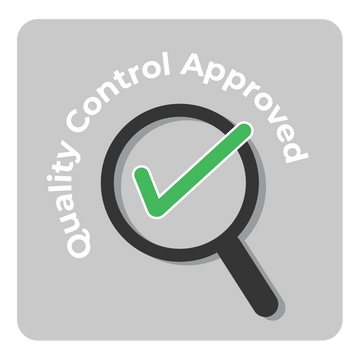
4. Ensure adequate quality control and monitoring systems are in place
Taking the time to quality check your staff's work will allow for greater results and happier customers. If you're implementing a system, it's only best to make sure you're measuring those results and ensuring your standards are kept high. It's also a great way to keep communication open with operatives and offer real-time feedback.

What next?
You can either contact your local Environmental Health Officer for further information and guidance on effective infection control or contact us here at Wray Bros.
We can assist you in the development of effective infection control procedures, offer you comprehensive advice on the correct Jangro cleaning products to use, perform a Hygiene Audit on your premises or deliver bespoke staff training courses.
There is also general training presentations available via the new Jangro Learning Management System, which includes a standardised training module.



